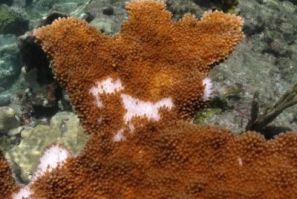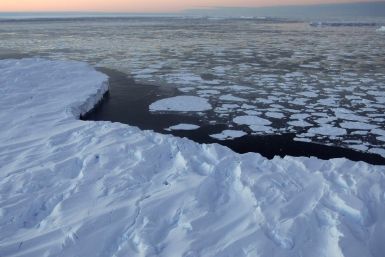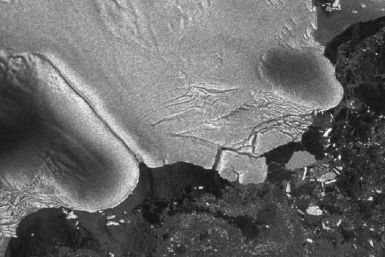The world's largest rodent, the South American capybara, has been spotted in a California wastewater treatment plant.
The top pre-market NASDAQ Stock Market gainers are: Cisco Systems, Primo Water, AMC Networks, News Corp., and Sequenom. The top pre-market NASDAQ Stock Market losers are: Elbit Imaging, Open Text, SodaStream International, American Superconductor, and Lululemon Athletica.
As NASA?s Mars Exploration Rover Opportunity landed on its new site, Endeavour crater, on the Martian surface on August 9, scientists assumed it started paving way towards possible future human missions to planet Mars.
The police of Northern Ireland reportedly have six water cannons available; such devices don?t exist in England, Wales or Scotland.
David Cameron is pushing England's police force to use new methods of fighting back against rioting and looting across the country.
To stop the four day-long riots in London, police and politicians are considering a number of crowd control methods never before used in the United Kingdom.
More than two billion people in the world live without access to clean drinking water, and recent droughts in Africa have left 12 million people without water. To aid them, French eco-entrepreneur Georges Mougin plans to harvest icebergs across the world to solve the water shortage.
Photographs by Austrian photographer Andreas Franke were put along the deck of a former U.S. Air Force missile tracking ship, sunk in the Florida Keys National Marine Sanctuary, and opened to divers cum visitors in early August.
For the first time in history, scientists and researchers were able to find a direct connection between tsunamis and the creation of icebergs.
Start the slideshow to view images from NASA?s past Mars expeditions suggesting evidence of water on the Martian surface.
Authorities recently requested residents of the city of Grimes, Iowa, to boil water that is intended for consumption after E. coli bacteria was detected in the main water supply.
Scientists have discovered flowing salt water on Mars, which has sparked conversations about potential alien life within the planet's surface. The images sent from NASA's orbiter unveiled flowing waters descending down from rocky slopes.
The mysterious dark lines in question were observed to be occurring seasonally as the ground they came from was exposed to warmer temperatures. The line would then disappear later as temperatures dropped, causing the scientists to speculate that briny water was causing the flows. The discovery could be a huge breakthrough in the search for whether or not liquid water ever existed on the surface of Mars.
New evidence suggesting the existence of water flowing on Mars indicates the possibility for life to exist on the Red Planet.
NASA's Mars Reconnaissance Orbiter revealed on Thursday that highly salty water may flow on Red Planet during the warmest months, which raise the chances that life could exist on Mars.
Scientists found evidence of saltwater on Mars. Shifting dark streaks on the planet's surface imply that there is water flowing on Mars.
Scientists have found new evidence of possible salt water flows on Mars, which could lead to traces of life being found on the red planet.
NASA scientists said on Thursday that new evidence indicates that highly salty water may flow on Mars during its summer, which also empowers the possibility of life on the planet. The reason behind the thought that life could be possible in Mars is that compared to ice, liquid water is more likely to sustain life, a fact that stresses the significance of the latest discovery.
NASA scientists have discovered new evidence that briny water flows on Mars during its warmest months, raising chances that life could exist on the Red Planet, the space agency said on Thursday.
Scientists announced on Thursday that they saw dark, finger-like features appearing and extending down some Martian slopes during late spring through summer, which fade in the winter and return during next spring.
Scientists have discovered a new phenomenon on the surface of Mars which can potentially prove that seasonal water, and therefore life, could exist in the Red Planet. This new finding can help scientists big time in their search for life on Mars.
NASA's Mars Reconnaissance Orbiter have taken high-resolution photographs of possible flowing water during the warmest months on Mars, when dark, finger-like lines are seen on some Martian slopes. In the middle latitudes of the Planet's southern hemisphere.







































